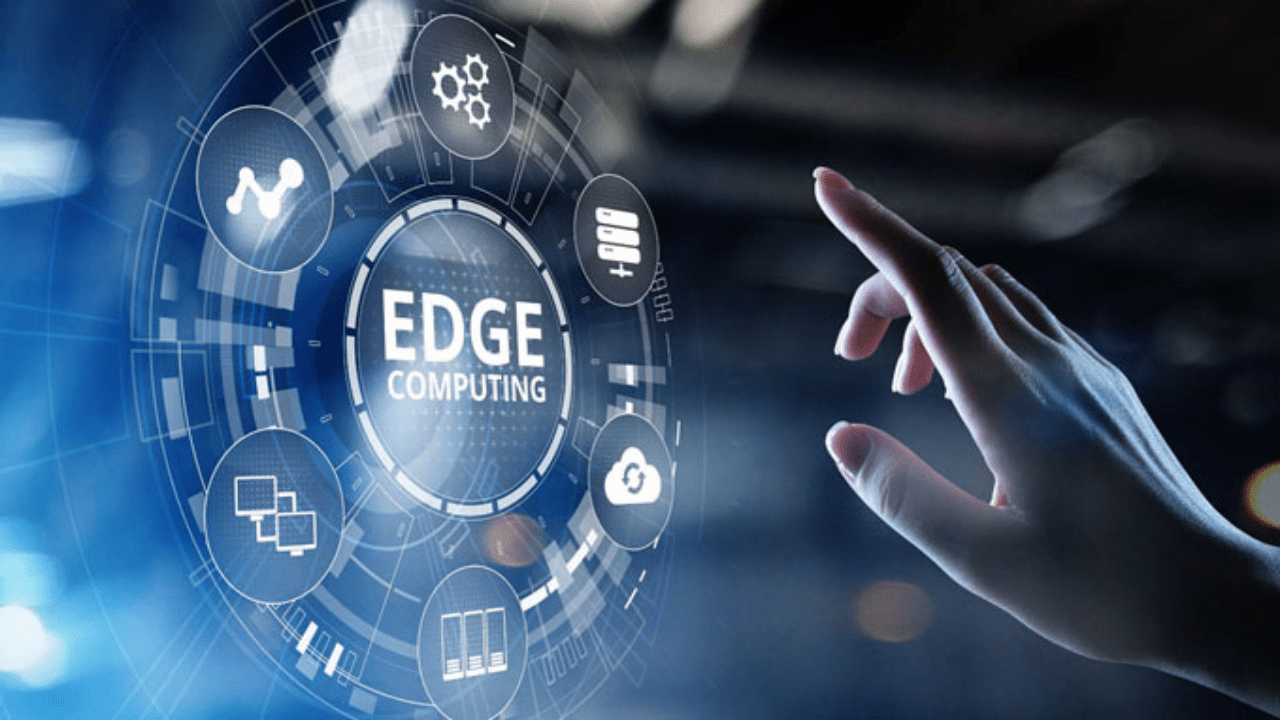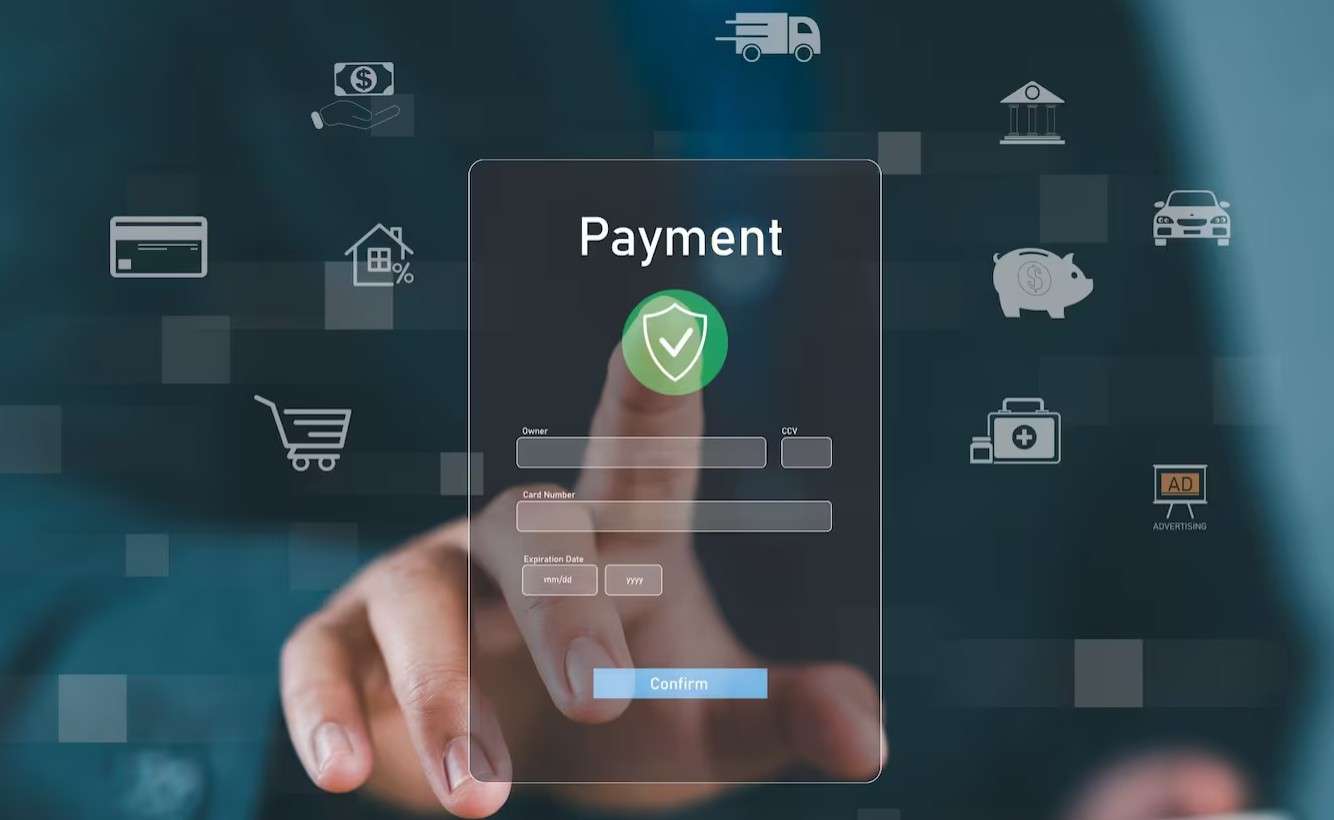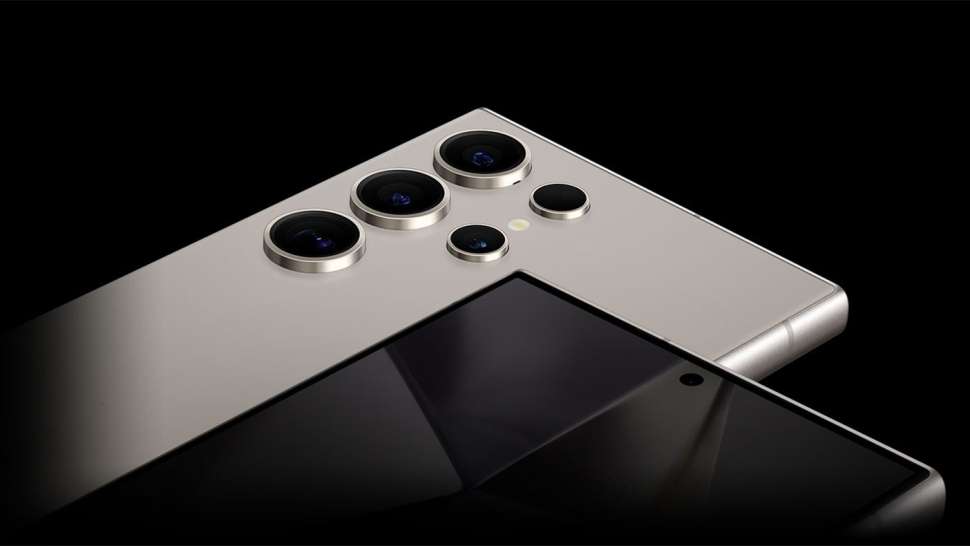The Rise of Edge Computing and Its Impact
Edge computing is revolutionizing how data is processed, analyzed, and delivered by bringing computation closer to the data source. This shift allows for reduced latency, improved speed, and enhanced performance, especially in applications requiring real-time processing. As IoT devices proliferate and demand for faster data processing increases, edge computing is emerging as a critical technology for businesses across various sectors.
Why Edge Computing Matters
The number of connected devices and the data they generate is growing rapidly. Traditional cloud computing struggles with bandwidth, latency, and data privacy. Edge computing helps by processing data locally. This reduces the amount of data sent to the cloud. As a result, decision-making is faster, and user experiences improve. Edge computing is especially valuable in healthcare, manufacturing, and autonomous vehicles.
Key Benefits of Edge Computing
- Reduced Latency: By processing data closer to its source, edge computing minimizes the delay associated with data transmission to and from centralized servers. This is crucial for applications that require real-time responses, such as autonomous driving and smart manufacturing.
- Bandwidth Efficiency: Edge computing reduces the volume of data sent to the cloud, optimizing bandwidth usage. This is especially beneficial in environments with limited bandwidth or high data transmission costs.
- Improved Security and Privacy: Processing sensitive data locally can enhance security by reducing the risk of exposure during transmission. Additionally, organizations can implement tailored security measures for their edge devices.
- Enhanced Reliability: Edge computing can operate independently of the cloud, allowing applications to function even in the event of network outages. This is vital for mission-critical applications in sectors like healthcare and public safety.
Use Cases of Edge Computing
Edge computing is being adopted across various industries due to its versatility and effectiveness. Key use cases include:
- Healthcare: Medical devices can process patient data locally to provide real-time monitoring and alerts, improving patient outcomes and reducing response times.
- Manufacturing: Smart factories utilize edge computing to monitor equipment performance, predict maintenance needs, and optimize production processes in real-time.
- Retail: Retailers leverage edge computing for inventory management, customer behavior analysis, and personalized marketing by processing data from in-store IoT devices.
Challenges and Considerations
Despite its many advantages, edge computing also presents challenges. These include the need for robust security measures to protect edge devices, the complexity of managing distributed systems, and the requirement for skilled personnel to implement and maintain edge computing solutions.
The Future of Edge Computing
The future of edge computing looks promising, with forecasts suggesting significant growth in adoption over the coming years. As organizations increasingly recognize the benefits of processing data closer to the source, investments in edge technologies are expected to rise. Innovations in hardware, software, and network infrastructure will further facilitate the integration of edge computing into mainstream operations.
Conclusion
Edge computing is no longer a futuristic concept; it is a reality transforming how data is processed and utilized. By addressing the limitations of traditional cloud computing, edge technology offers a powerful solution for modern data challenges. As businesses seek to enhance efficiency, security, and responsiveness, edge computing is poised to play a pivotal role in the digital landscape.















Post Comment